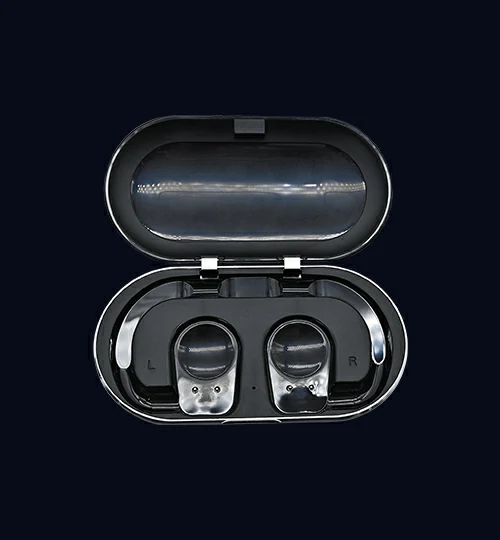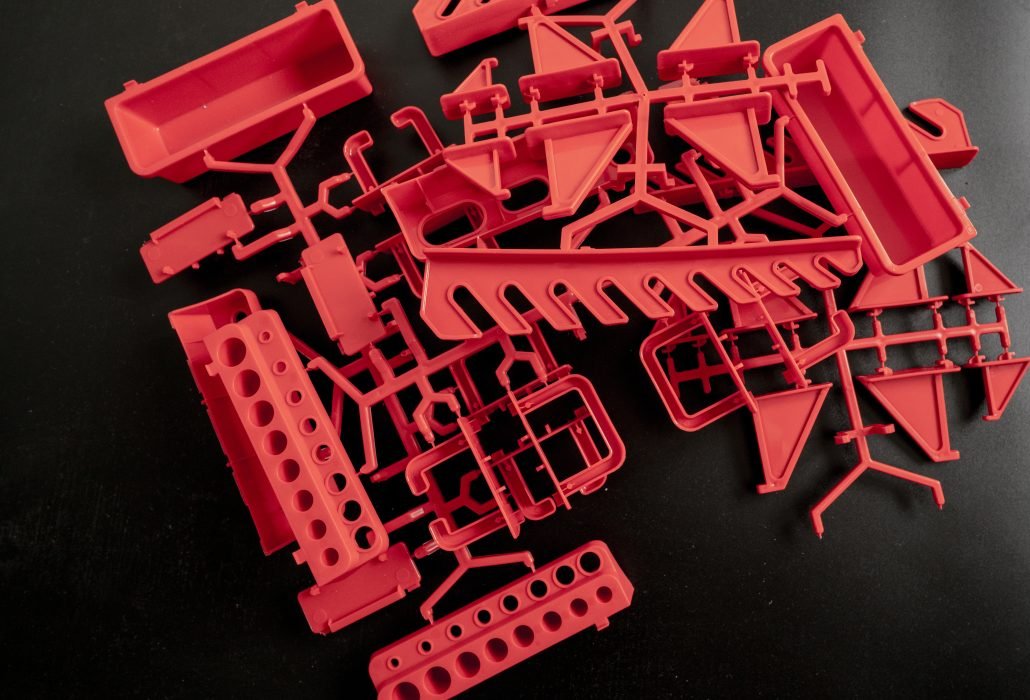As a manufacturer, short shot injection molding can be a nightmare. It occurs when the molten plastic material fails to completely fill in the cavities of a mold, resulting in incomplete or underfilled parts. This can lead to a host of issues, from poor aesthetics to functional defects, which can impact the quality of your end product and erode customer confidence.
Thankfully, short shot plastic injection molding is a solvable problem. By understanding the root causes of short shot and implementing targeted solutions, you can effectively eliminate this issue from your manufacturing process.
In this article, we’ll explore everything you need to know about short shot injection molding, from its causes to its impact on production. We’ll also outline a range of practical solutions to help you address short shots and improve the overall quality of your product.
What Is Short Shot Injection Molding?
Short shot injection molding, also known as incomplete filling, occurs when the resin cannot completely fill the cavity of the mold. This results in a short part, incomplete features, and voids that compromise the part’s quality.

How to Analyze Short Particle Injection Molding
Firstly, we need to understand the cause of the fault in order to conduct a more in-depth analysis. In the case of short particle injection molding, there may be the following issues:
1.Melt temperature too low or too high
2.Injection pressure too low or too high
3.Unreasonable mold design
4.Poor quality of plastic raw materials
In order to analyze the problem more accurately, we need to massage the injection molding process. After determining the factors, we can take the following measures to solve the problem.
Root Causes of Short Shot Injection Molding
Before we dive into solutions, it’s important to understand what causes short shot injection molding. Here are some of the common factors that contribute to this problem:
Insufficient Material Amount
A shortage of material is the most common cause of short shot injection molding. This can occur due to a low amount of plastic resin, poor mixing of the material, or a blocked nozzle. All these factors can lead to a reduced volume of material present in the machine when forming the part, causing incomplete cavity fill.
Poor Viscosity
The viscosity of plastic resin plays a crucial role in the injection molding process. If the viscosity of the material is too low, it won’t be able to fill the mold completely, leading to short shots. Similarly, if the viscosity is too high, it can cause issues with flow and create voids in the part.
Incorrect Temperature Settings
The temperature of the mold and plastic material is critical for ensuring successful injection molding. If the temperature settings are too low, the material won’t flow correctly, leading to short shots. On the other hand, if the temperature is too high, it can cause the resin to decompose or burn, which can affect the quality of the final product.
Mold Defects
Issues with the mold design or manufacturing can cause short shot injection molding. For example, a mold design with thin walls or sharp edges can cause flow issues, leading to incomplete cavity fill. Similarly, a damaged mold can cause deformities in the part or improper cavity fill.

How to Fix Short Shot Injection Molding
The first step in fixing short shot injection molding is to identify the cause. You should start by checking the injection pressure, resin temperature, and mold temperature. Here’s what to do:
1.Increase the injection pressure.
If the injection pressure is too low, you may need to increase it. The appropriate pressure depends on the part’s size, resin type, and mold design.
2.Increase the resin temperature.
If the resin temperature is too low, you may need to increase it. The proper temperature range varies depending on the resin type and the mold design.
3.Increase the mold temperature.
If the mold temperature is too low, you may need to increase it. The correct temperature range depends on the resin type and the mold design.
4.Improve the part design.
If the mold is the culprit, you may need to modify it. It may require changing the runner system, adding more gates, increasing the venting system, or enhancing resin flow through mold analysis software. Mold simulation software can be of great benefit to fix such issues.
By following these steps, you can fix short shot injection molding and achieve a high-quality, consistent, and profitable production process. Additionally, you can also prevent short shots from occurring in the future, by applying best practices and staying up-to-date with the latest advancements in the industry.
Conclusion:
Short shot injection molding has a solution, and you can fix it. With the knowledge and expertise, shift your focus from the problem and identify the source of the issue to determine how best to fix it. To correct short shot issues, you must look at a variety of factors, including injection pressure, resin temperature, mold temperature, part design optimization, and more.
By following these steps, you can work to minimize the possibility of short shot injection molding in the future. With the right insight and know-how, fixing short shot injection molding will be a breeze.
Solving short particle injection molding requires multiple approaches. I hope these measures can provide some assistance for your injection molding production.
Author: Longsheng Technology


